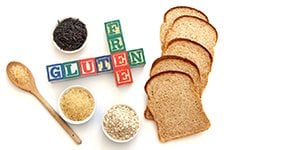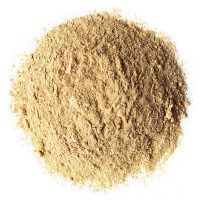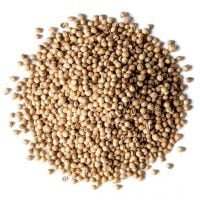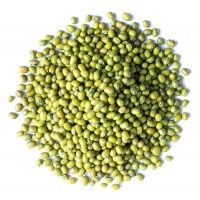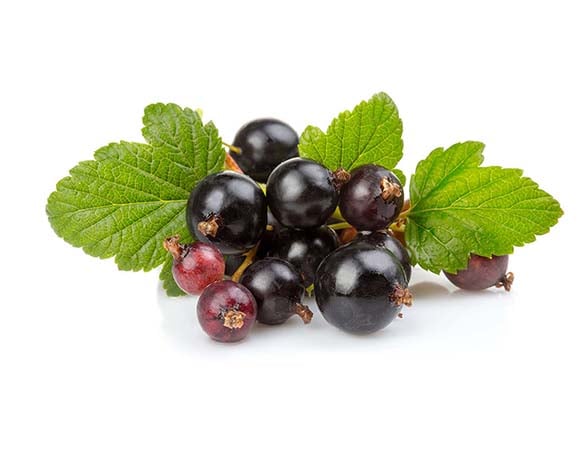July 29, 2015 · Written by Foodtolive Team
What Are Mung Beans: Benefits, Nutrition Facts, and Recipes
Mung beans are one of the healthiest foods you can find, and the fact that they are rather delicious makes them even better. Due to their high nutritional value and numerous benefits they offer, these beans can be included in any diet. The only reason for a person to avoid them will be allergy, but mung beans rarely cause allergic reactions.
Archeological finds report that this particular type of bean was domesticated around 1500 BC in India. Mung bean benefits were so great that they quickly spread to other Asian countries. Eventually, they made their way to America and won over the hearts of many people who are fond of Asian cuisine. Nowadays, this particular type of beans is one of the most popular on the market. Their distinctive taste allows to use them in all kinds of dishes, from soups to cakes. We’ll be sure to share a few delicious mung bean recipes, but first, you need to understand why exactly this legume is one of the healthiest foods out there.
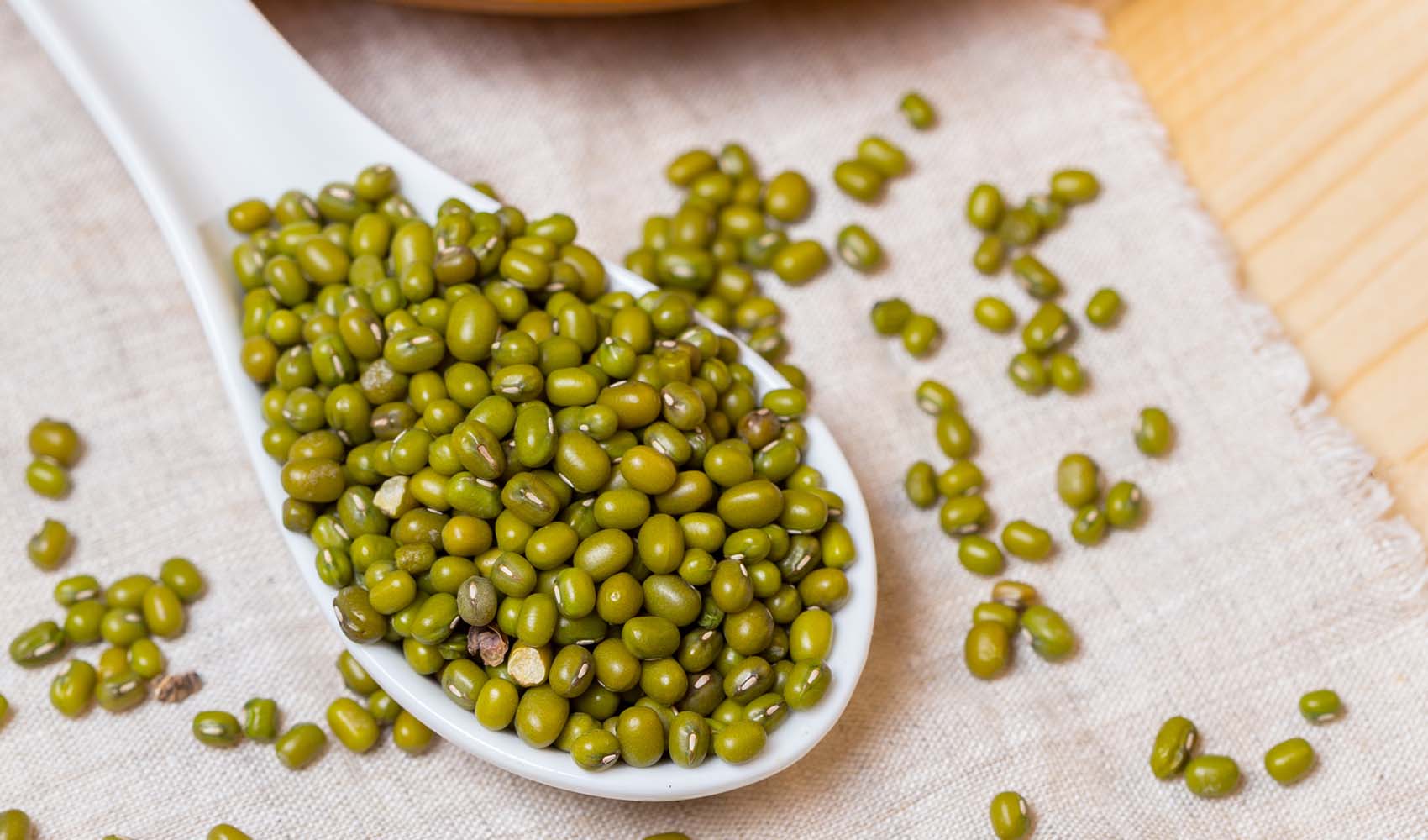
Mung Beans Benefits: Disease Prevention and Treatment
All legumes are good for you by default because they are packed with essential nutrients. However, this particular kind is definitely one of the best due to the potent effect it has on your overall wellbeing.
The most important mung beans health benefits are:
- Controlling diabetes.
People with diabetes should eat foods with low glycemic index, which means that legumes are perfect for them. According to the results of some studies, consuming mung beans can lower glucose response up to 45%. Therefore, they are the healthiest source of carbohydrates for people with type 2 diabetes. In fact, they are so effective that extract from this plant can be used as a treatment for this particular condition. It decreases lipid abnormalities associated with diabetes, as well as improves glucose metabolism. - Treating heart disease.
One of the main triggers for heart disease is the high level of LDL cholesterol. This substance clogs your arteries causing them to become stiff. This weakens your circulatory system as a whole. Mung beans can effectively inhibit LDL oxidation and help remove this harmful substance from your blood vessels. When sprouted, these beans assist with reducing and controlling high blood pressure, which is another risk factor for developing heart disease. - Preventing cancer.
Although there is no miracle food or pill that can protect you from cancer with 100% guarantee, studies prove that a well-balanced diet that includes some specific foods decreases the chances of developing this disease significantly. Mung beans in particular have been proven to suppress the growth of liver cancer cells. However, they are also effective against other types of the disease. According to the report from Harvard School of Public Health, consuming these beans twice a week reduces the risk of breast cancer by 24%, and daily intake can bring down the chances of developing colon cancer up to 42%. - Treating obesity.
Excess weight affects your health greatly and increases the risk of many diseases, including stroke, diabetes, arthritis, and other dangerous conditions. Mung beans are packed with healthy proteins, but this isn’t their only advantage for weight loss. The best thing about this particular legume is the fact that they can increase the production of the satiety hormone. Therefore, not only do they serve as an excellent low-fat energy source, but they also ensure you feel full much longer. This effect is a great help to those who have difficulties getting used to their new diet.
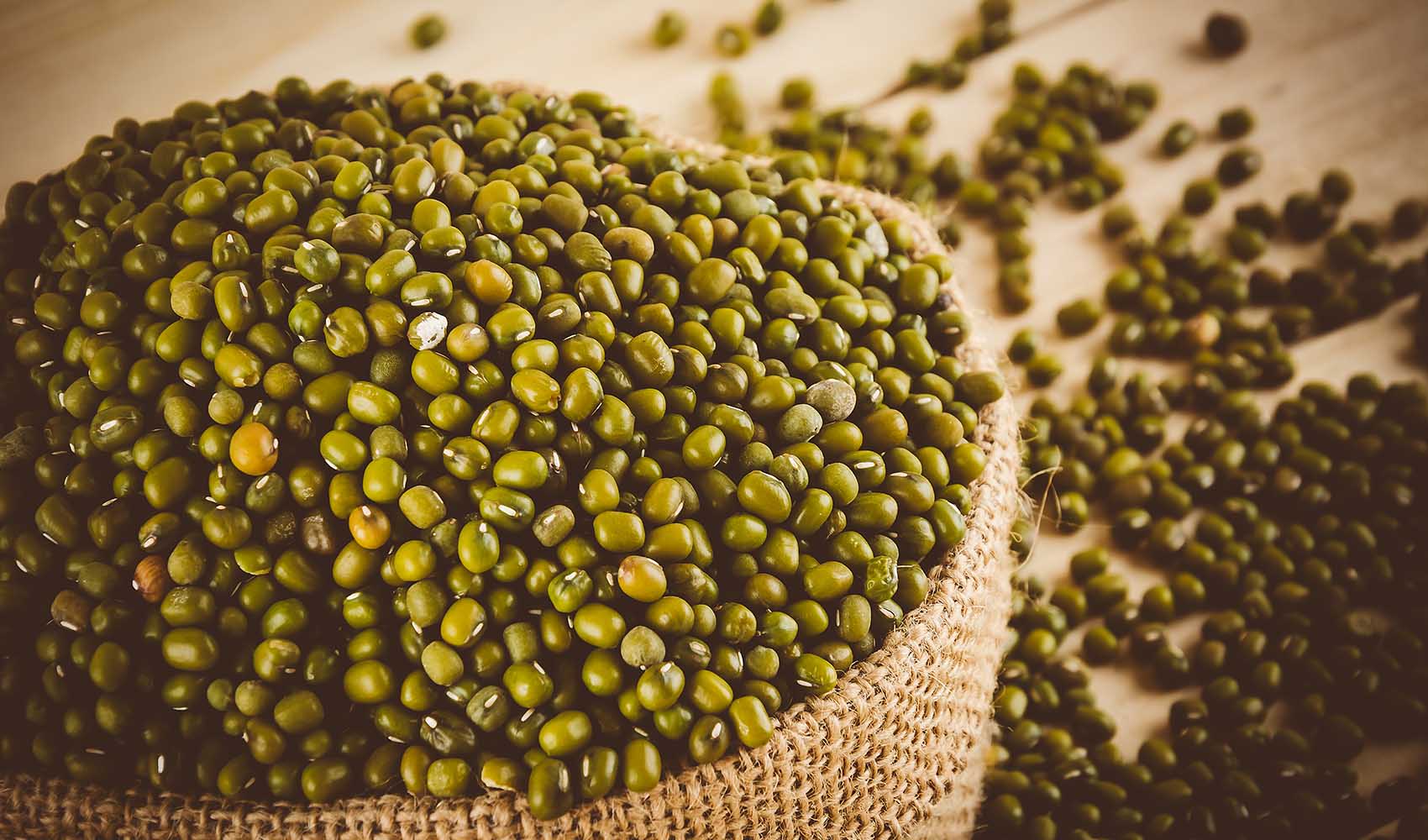
Mung Bean Nutrition Facts
Nutrition-wise, this legume can effectively provide you with a large dose of essential vitamins and minerals. This has an overall strengthening effect on your body and can help prevent harmful deficiencies. Here are a few simple mung beans nutrition facts:
- A single serving of these beans (either sprouted or not) can provide you with up to 80% of the required daily dose of folate. This is an essential B vitamin that plays an important part in the process of DNA creation. It is most important for pregnant and nursing women and children.
- The beans are rich in dietary fiber, so eating them improves digestion and helps prevent celiac disease and other similar conditions.
- Mung beans are a great source of iron. This mineral is essential for everyone, but even more so for women who require 18 milligrams of it daily. Men only need 8 mg in order to avoid anemia caused by iron deficiency.
- This particular legume is an excellent tool for preventing osteoporosis as it contains large amounts of manganese, magnesium, calcium, and vitamin K. All these elements affect bone density and are necessary to prevent and combat any conditions that affect bones.
- Beans are good antioxidants due to the fact that they contain vitamin C. They may not be as effective as fruits or bell peppers in this regard, but a serving of mung beans will help you meet the daily requirement of this nutrient.
How to Cook Mung Beans
Health benefits of eating mung beans are undeniable, and the greatest thing about them is the fact that they have plenty of culinary uses. You will have absolutely no problems including them in your diet, regardless of your personal preferences regarding your food.
Today we’d like to share a few of our favorite recipes.
Sweet Green Mung Bean Soup
You can purchase premium quality mung beans here. You’ll need them in order to make this light and delicious soup. The exact list of ingredients necessary for this recipe:
- Mung beans (dry): 1 cup
- Coconut milk powder: 1 tablespoon
- Coconut milk: ¼ cup
- Water: 4 cups
- Sugar: to taste
Instructions:
- Wash and drain the beans.
- Put the beans in a pan, cover with water, close the lid, and let them simmer for about 30 minutes.
- Once the beans become soft, turn off the heat and add sugar.
- Add coconut powder and milk before serving.
- Eat while the soup is hot.
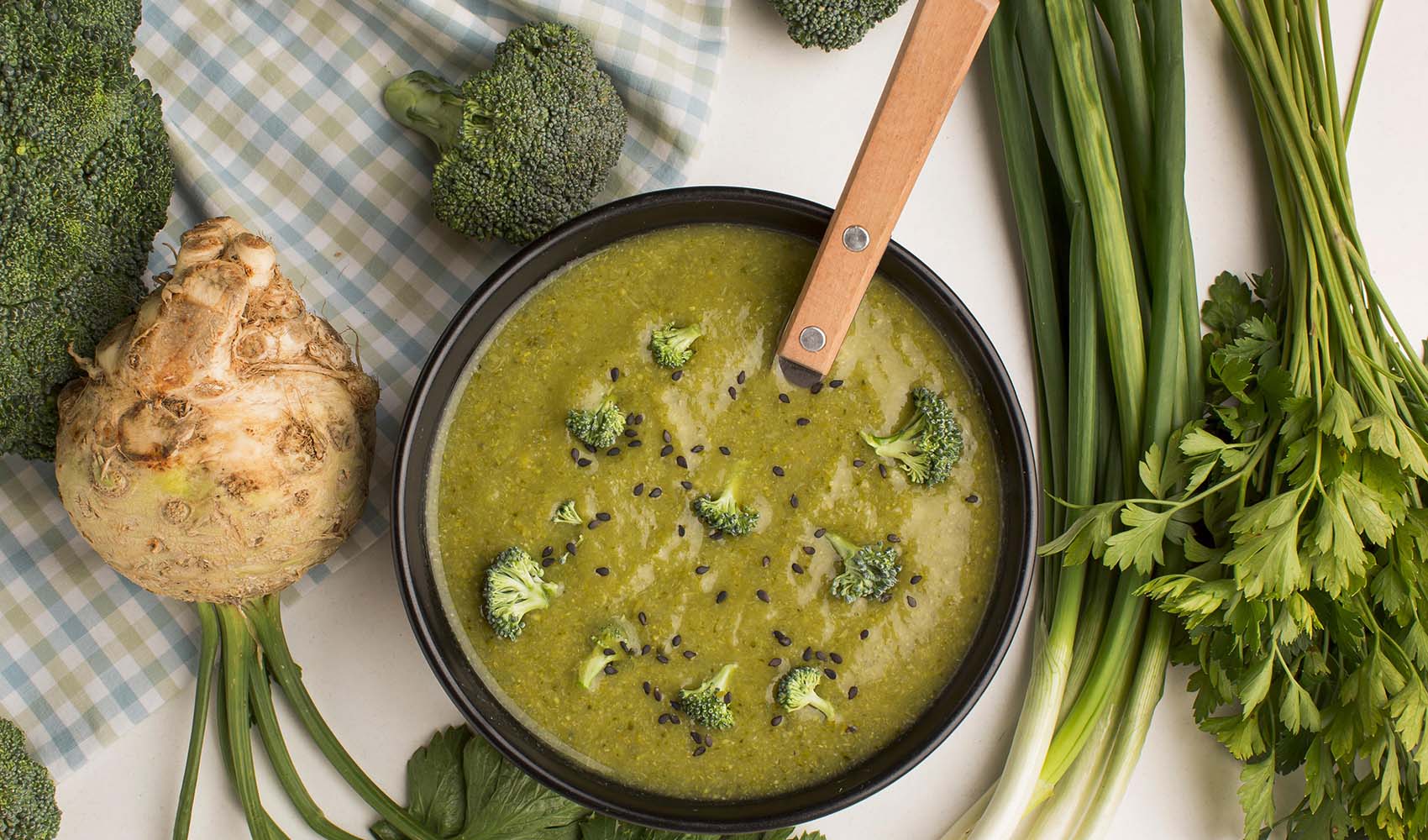
Mung Bean Herb Fitters
Ingredients:
- Mung beans (split): 1 cup
- Kaffir leaves (chopped): 3
- Green onions (chopped): 2
- Coriander powder: 1/8 teaspoon
- Cilantro (minced): ½ cup
- White onion (chopped): 1/3 cup
- Garlic powder: ½ teaspoon
- Sea salt: ¼ teaspoon
- Coconut oil
Sponsored by Food to live
Instructions:
- Soak the beans for 6 hours.
- Strain and rinse the beans.
- Blend all ingredients, except the beans and cilantro.
- Grind half of the beans into a paste using blender and mix with the un-blended beans.
- Mix all the ingredients together and shape small balls from the paste.
- Prepare a baking pan covered with a sheet of parchment.
Put a bit of coconut oil on the parchment. - Put the bean balls on the parchment and bake for 15 minutes. Set the oven to 350 degrees.
- Roll over the balls and bake for another 10-15 minutes.
- Enjoy your mung bean herb fitters.
The number of mung bean recipes is huge, so take your time to study your options. Don’t be afraid to experiment and develop new recipes of your own. These beans are easy to cook. Just follow the general directions for legumes. If you prefer them sprouted, they will go well with salads and light snacks.
Pizza with mung beans, coconut oil, coriander, cumin, cauliflower, and garlic for topping is exceptionally delicious and exotic. However, the number one use for this particular legume is curry. You should definitely try it the next time you develop a craving for something Indian.

